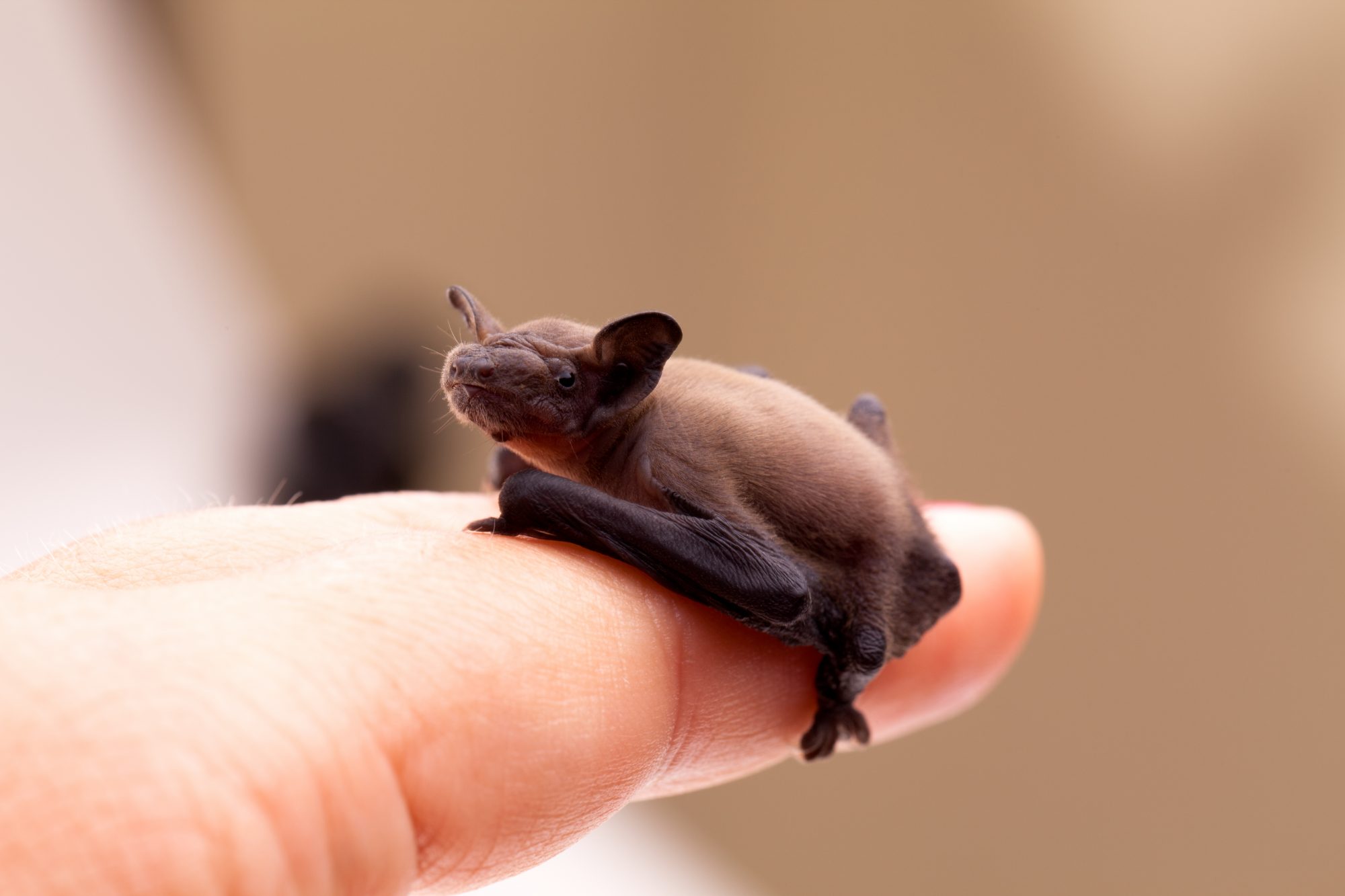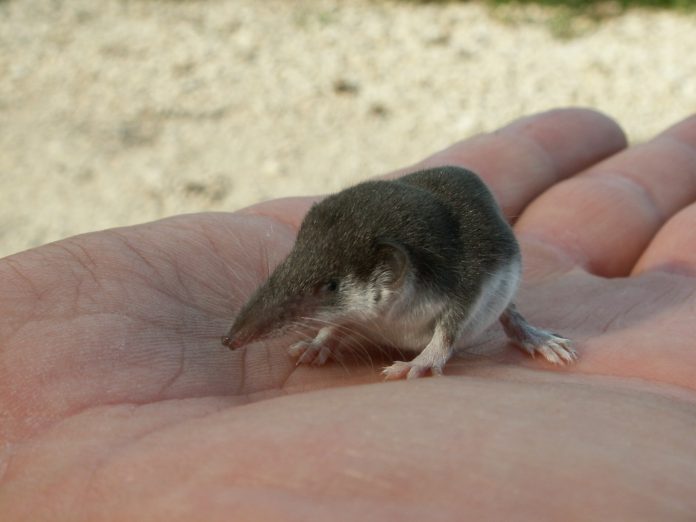Researchers believe there are hundreds of unidentified species of new mammals that have yet to be found
Small bodied rodents like bats, shrews, moles and bats often look the same as other known animals meaning biologists have not been able to recognise that they are a different species, said study co-author Bryan Carstens of The Ohio State University.
“Small, subtle differences in appearance are harder to notice when you’re looking at a tiny animal that weighs 10 grams than when you’re looking at something that is human-sized,” Carstens said.
“You can’t tell they are different species unless you do a genetic analysis.”
Using a supercomputer and machine-learning techniques as well as data on where the animals live, their environment, life history and more, researcher Danielle Parsons, was able to analyse millions of publicly available gene sequences from 4,310 mammal species.

Only 1% – 10% of Earth’s species have actually been found
“Modern computational approaches such as those used in this study to integrate multiple data sets offer exciting potential to extract new information from existing data through meta-analyses like this one,” said Peter McCartney, a program director in NSF’s Division of Biological Infrastructure.
With this combined information scientists were able to build a model to identify the classification of mammals that are likely to contain hidden species.
“Based on our analysis, a conservative estimate would be that there are hundreds of species of mammals worldwide that have yet to be identified,” Carstens said. That finding would not be surprising to biologists, he said. “Only an estimated 1% to 10% of Earth’s species have been formally described by researchers.”
“Only an estimated 1% to 10% of Earth’s species have been formally described by researchers.”
New mammals believed to be in places with varied rainfall and temperature
“What we did that’s new is predict where these new species are most likely to be found,” Carstens further said.
Researchers also pointed out that these mammals would most likely be discovered in species that have wider geographic ranges with higher variability in temperature and precipitation.
Many of the hidden species and new mammals are also likely to occur in tropical rainforests, which is not surprising because that is where high numbers of mammal species are found.











